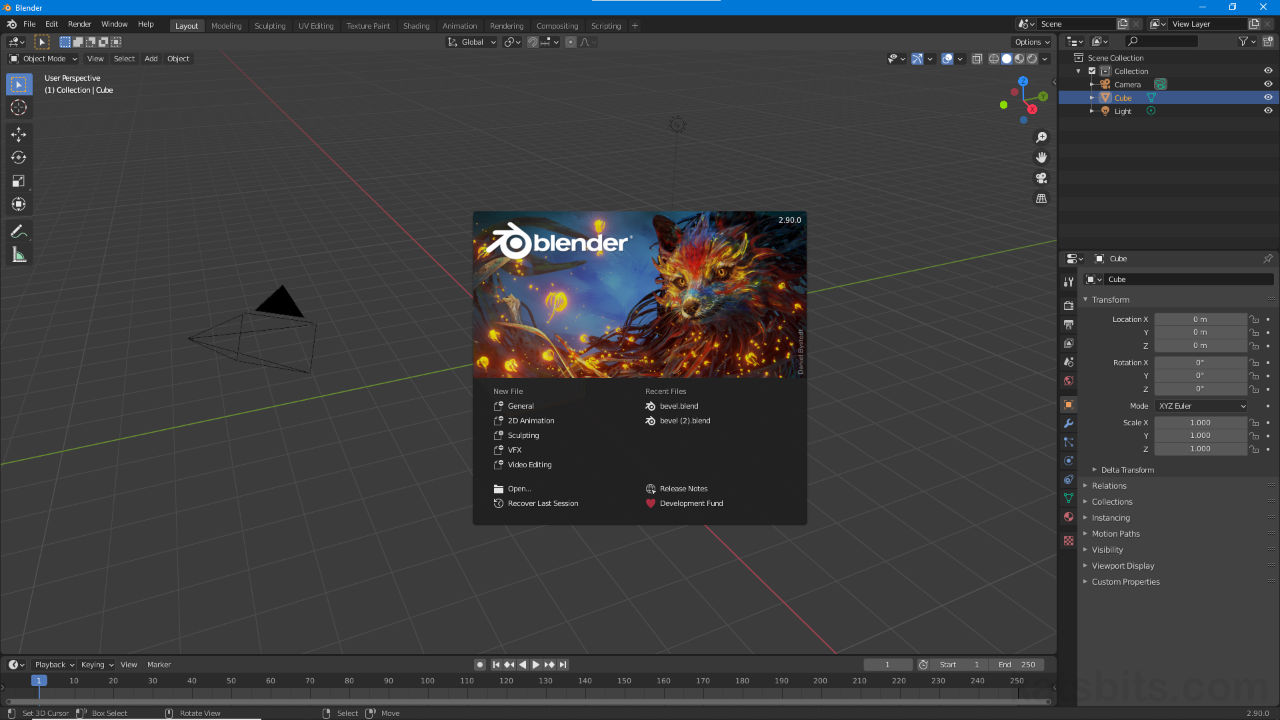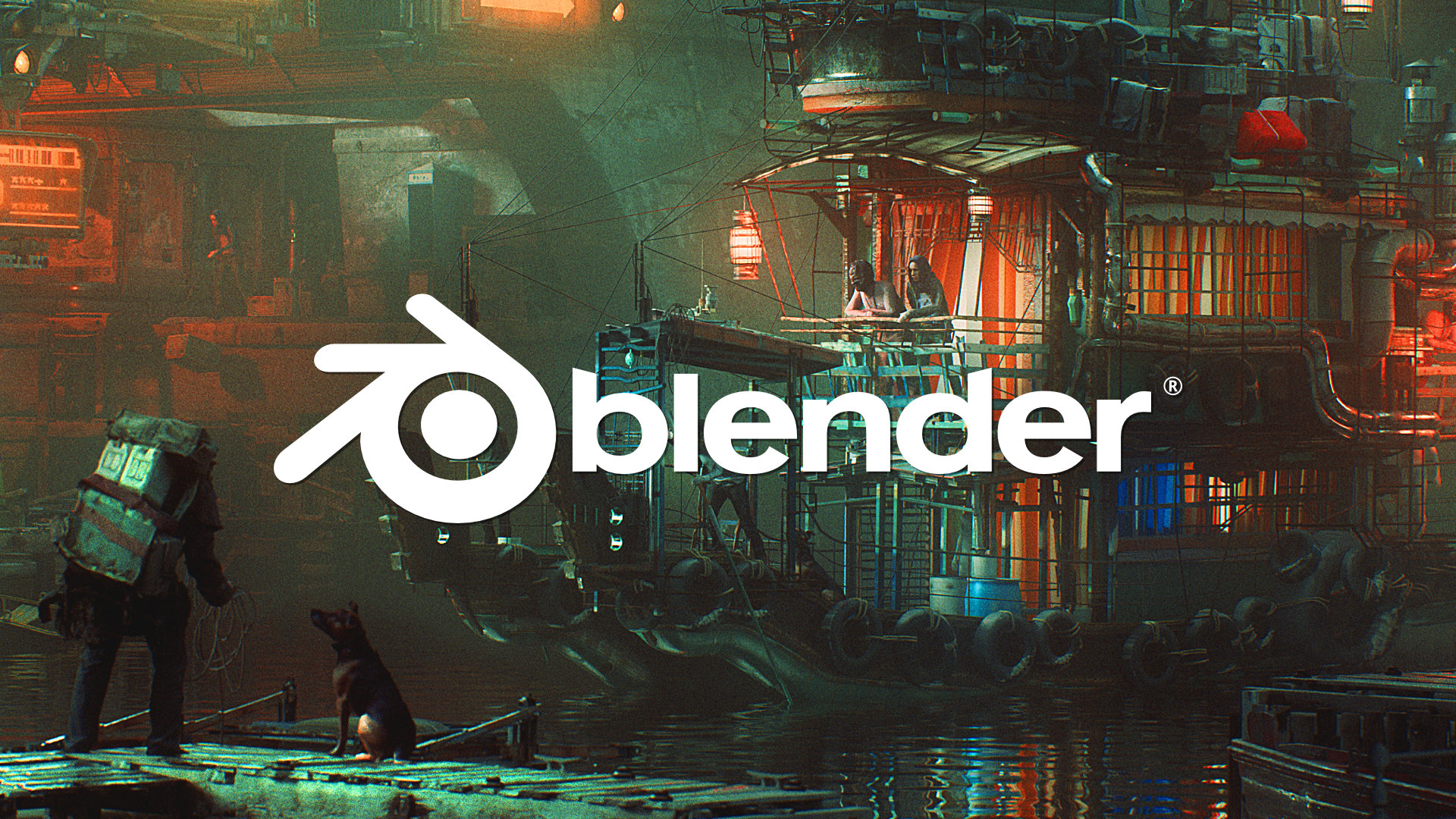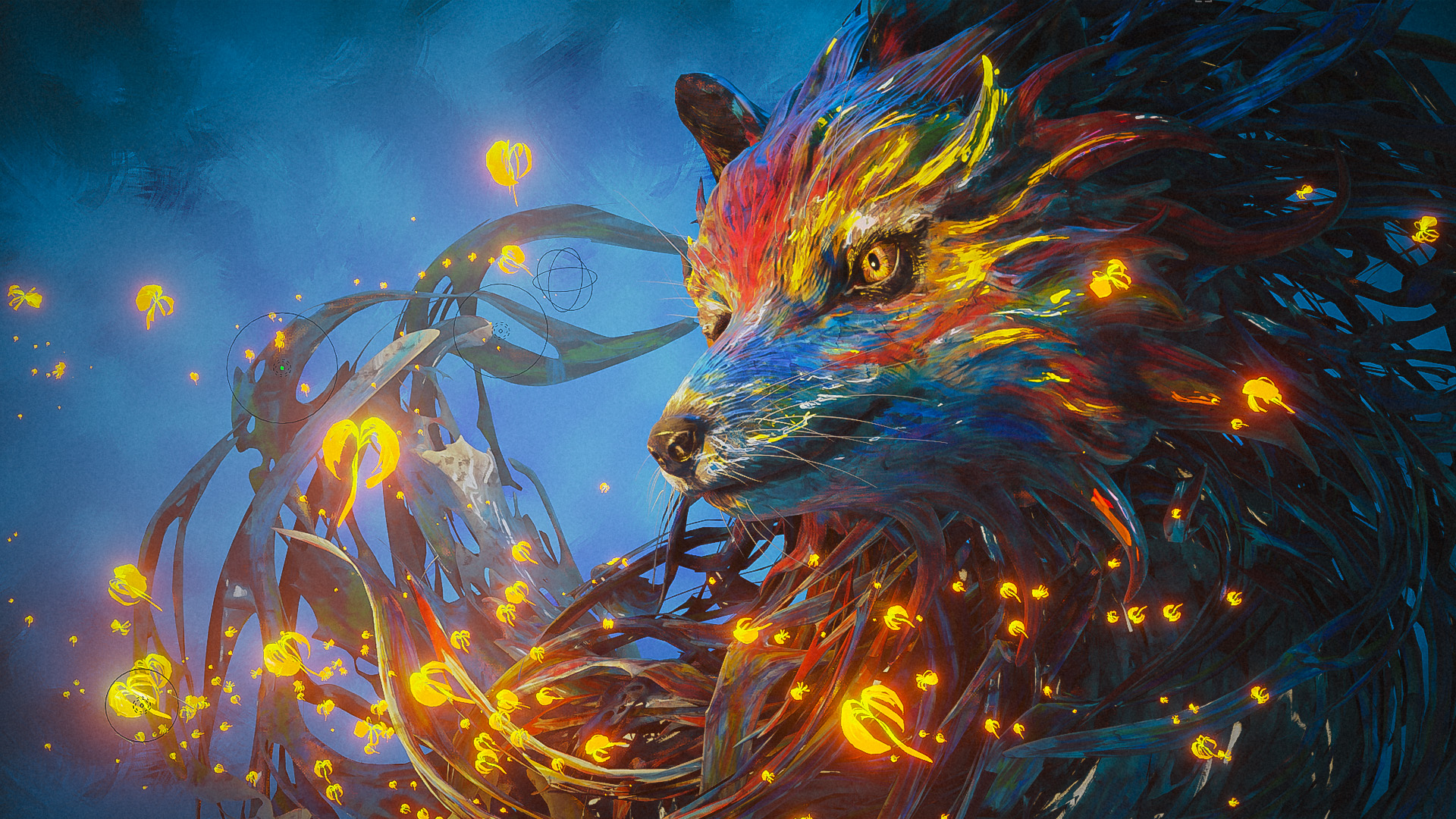Blender just released version 2.90, and Sprytile has a new release alongside it!
Adding some color to your November, here’s the second release in Blender’s 2.9 series—and the fourth major release this year, including one Long-term Support. The updated toolset of Blender 2.91 features improvements to cloth sculpting, boolean operations, mesh to volume and volume to mesh conversion, custom curve bevels, searchable UI panels and more. Blender is a free and open-source 3D computer graphics software toolset used for creating animated films, visual effects, art, 3D printed models, motion graphics, interactive 3D applications, virtual reality, and computer games.Blender's features include 3D modeling, UV unwrapping, texturing, raster graphics editing, rigging and skinning, fluid and smoke simulation, particle simulation, soft. Version 0.2.1 for Blender 2.9 Features This version brings updates for the much-anticipated Blender 2.8 official release. (new nightly builds may not be compatible). The addon UI has been migrated to the right-side panel of the 3D View. EEVEE and Cycles viewport rendering. 374k members in the blender community. /r/blender is a subreddit devoted to Blender, the amazing open-source software program for 3D modeling Press J to jump to the feed. Press question mark to learn the rest of the keyboard shortcuts. In this video I show 5 new features of the Blender 2.90 alpha version.The following builds have the latest features and cool bug fixes. They can be unstable.
For this version, I focused on cleaning up the UI/UX issues that I encountered working with Sprytile, which means this is a relatively feature light release.
The UX issue that needed addressing the most is the tile selection palette, which was getting obscured by Sprytile's own panel.
You can now move the tile selection palette by mousing over it, holding shift + middle mouse button to drag it around inside the viewport. This isn't the final form for the tile palette, it's just the easiest way to address the issues with it for now.
When installing the new version of Sprytile, you might want to check the preferences to set it up for your preferred workflow. Setup grid will automatically change the grid to the pixel density of your file. Pixel viewport will change the settings to the friendliest settings for the flatshaded style, but you might not want this if you're going to be doing custom rendering.
Blender 2.9 Pixel Workflows
Blender 2.9 has some new features are helpful to the low poly pixel art style. The first is Correct Face Attributes for the transform tool, which corrects UVs as you move elements of your mesh. Combining it with Blender's increment snap and Sprytile's floor to grid utility makes editing the mesh to pixels in the viewport so much easier now.
To support this feature, Sprytile for Blender 2.9 adds a toggle to the UI, to make switching this feature on and off a lot easier.
The other Blender 2.9 feature that is interesting for low poly pixel workflows is the extrude tool's Dissolve Orthogonal Edges option. This makes meshing out features from your pixel textures so much easier. There isn't a Sprytile enhancement for this yet, but I did a workflow test combining it with UV correction, and I'm excited to see what tools I can build to enhance this workflow.
Version 0.5.15 Changelog

- Streamlined UI
- Tile palette can be moved around (mouse over tile palette, hold shift and middle mouse click)
- Changed default tile rotate shortcuts to Q/E. Flip X/Y is now Shift Q/E.
These can be set in Blender Preferences by searching for 'Sprytile' - Added toggle for sprytile tools to work with backfaces
- For Blender 2.9, added UV correction toggle
- Enhanced painting mode hinting, now works with selected edges of face
- Enhanced addon preferences
- Automatic floor grid setup
- Automatic viewport setup
- Bugfixes
- Selection longer transforms in paint mode
- Auto reload works after re-opening file
- Restored cursor movement in fill mode (hold S to snap to vertices or grid)
Gratitude - content warning: pandemic, health discussion
I'm so thankful for the community members who donated to Sprytile in August. That money has helped out with my uncle's treatment costs for COVID-19.
Unfortunately, I'm sad to say that he passed away from the illness this week.
Please take all the precautions you can to prevent the spread of the virus. If you are in a position to, please help each other get through these perilous times. And please hold the people in power accountable when they are not taking the steps to help your country through this pandemic. The pandemic has shown the fundamental ways so many systems in the world are broken. because those in power are serving themselves and not the people of their countries.
Until the next Sprytile update, please stay safe.
Blender for architecture
Do you want to start from scratch with Blender 2.9? In this chapter, you will learn how to begin with Blender. We will cover topics like:
- Interface manipulation and Workspaces
- Keyboard shortcuts and Editors
- 3D Navigation
- Object selection
- 3D Transformations
- Object creation
- 3D Cursor and Snap
- Work modes
- Saving projects
Precision modeling for architecture
Working with architectural designs requires you to get a high level of precision for 3D modeling. In this section you find information about:
- Use numeric input for modeling
- Choose between Metric and Imperial units
- Add units to any numeric input for modeling
- Make use of local coordinates for modeling
- Create walls using the extrude tool
- Use the Spin tool to create round shapes
- Editing 3D models to stretch and change their forms
Architectural modeling tools
You will find in Blender a lot of tools that can help with architectural design and modeling, like the modifier system and also incredible Add-ons to quickly create 3D geometry. You will learn in this section:
- Manage and edit architectural models by cutting and separating them
- Create 3D models based on symmetry
- Use repeating patterns to create large surfaces
- Manage and use Add-ons for modeling
- Create doors and windows for architectural models
Modeling from CAD files and references
Have you ever received a design in a CAD file that you needed to import to Blender? It is not a straightforward experience to import the data. In this section you learn how to handle and process those files for Blender:
- Know how Blender handle CAD data
- Convert DWG and DXF files to use in Blender
- Import SketchUp files
- Use BIM files to start a visualization project
- Enable Add-ons in Blender
- Prepare a technical drawing reference for modeling
- Use the snap with a technical drawing
- Add image references in the Viewport
- Create 3D models based on image references
Furniture and external assets

What would be of an architectural visualization project without furniture models and assets? Do you want to learn how to handle and manage those assets in Blender? You will learn in this section:
- How to import assets to Blender
- Use the Append and Link options
- Working with linked external libraries
- Editing external libraries assets with furniture
- Optimizing and fixing furniture models
- Prepare furniture models for reuse in Blender

Materials and textures for architecture
Before you start working with anything related to rendering in a project, you must apply materials and textures to surfaces. That will help with the indirect lights and settings for the

- How to add materials to objects
- Using shaders to change materials
- Use Nodes in the Shader Editor
- Apply glossy effects for shaders
- Use PBR materials for architecture
- Make architectural glass
- Handling external texture files
Real-time rendering with Eevee
Blender 2.9 Features List
One of the highlights of Blender is Eevee, and the real-time rendering options, which you will learn how to use in this section. We cover aspects from materials to environment setup:
- Starting a render with Eevee
- Setting elements of the render like sampling
- Baking indirect lights
- Using the Irradiance Volume and Cubemaps
- Control shadow quality
- Use Environment Textures
- Setting cameras for architecture

Rendering for architecture with Cycles
If you want to produce images that have maximum realism for architecture, you will have to use Cycles instead of Eevee. You will learn how to set up a scene for Cycles and reuse some of the settings from Eevee. Here is what you will learn:
Blender 2.9 Update
- Managing sampling for Cycles
- Applying the Denoising filter to renders
- Using the GPU to speed up rendering
- Measure and quantify VRAM for GPU rendering
- Activate artificial intelligence optimizations with OptiX
- Manage lights for architecture with HDR, Blackbodies, or Sky textures
- Control HDR visibility
- Use color correction tools to enhance renders
- Prepare a test render and verify the project
